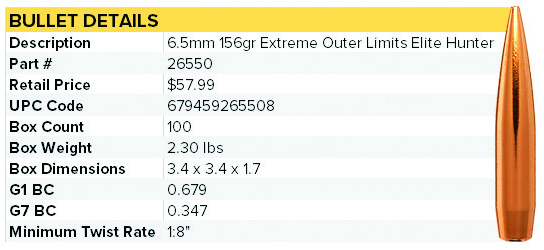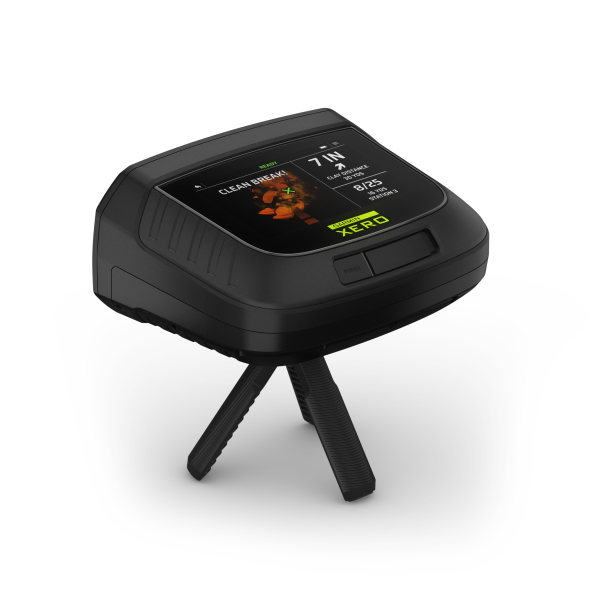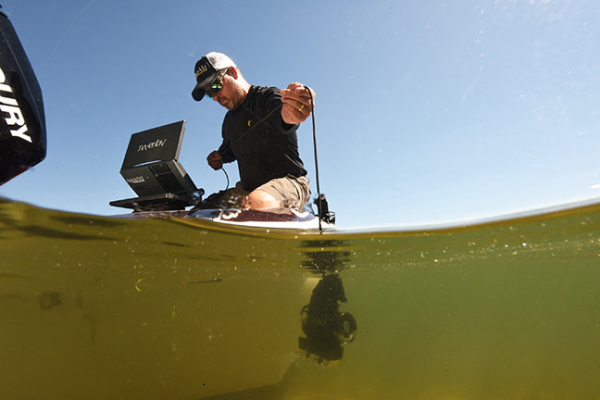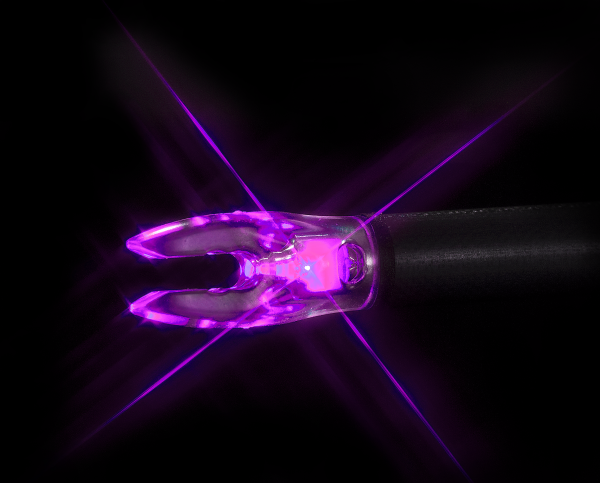Uncharted Watercraft to Display Sirphis Branded Foldable Kayaks
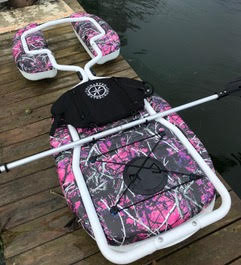
Mount Pleasant Mills, PA – Sirphis, LLC is excited to partner with Uncharted Watercraft to bring Sirphis branded kayaks to the market. Uncharted Watercraft will offer Muddy Girl, Lifestyle Camo, and Pulse on both the Scorpion and Outbound models.
Uncharted Watercraft designed a packable kayak that makes it easy to transport and store. The Scorpion design packs down to 43” x 29” x 12” and holds up to 250 pounds, and the Outbound packs down to 60” x 34” x 22” with a 500-pound capacity. It can be assembled and disassembled in a matter of minutes with no tools required. Read more

